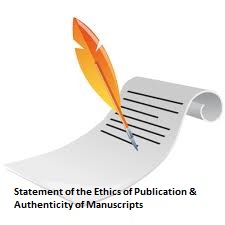Effect of Ethanol Extract of Japanese Papaya Leaves (Cnidoscolus aconitifolius (Mill.) I.M. Johnst) on Leukocyte Differential of Male White Mice
DOI:
https://doi.org/10.36341/jops.v8i1.5320Keywords:
Immunomodulators, Cnidoscolus_aconitifolius, differential_leukocytesAbstract
Immunomodulators are medicines that alter or influence the immune system to make it work more effectively. Immunomodulators can increase (immunostimulants) or decrease immune response (immunosuppressants). Secondary metabolites that have immunomodulatory activity are polyphenols, alkaloids, and terpenoids. One of the plants that contain these secondary metabolites is Japanese papaya leaves. Japanese papaya leaves have been widely used as traditional medicine to treat various diseases. This study aims to determine the effect of the administration of Japanese papaya leaf extract on differential leukocytes of male white mice. This study used 24 male white mice with skin allergies after administering 20% ovalbumin 0.2 mL/20g BW intraperitoneally on day 1 and day 7 subcutaneously. Twenty male white mice were divided into 4 groups. Group I (control) mice weren’t given ovalbumin antigen or papaya leaf extract; groups II, III, and IV were given ovalbumin and extract (100; 200; 400 mg/kg BW). After oral administration of the extract for seven days, leukocyte differential count of white mice. Giving ethanol extract of japanese papaya leaves at doses of 100, 200, and 400 mg/kg BW can significantly affect leukocyte differentials, namely lymphocytes and monocytes (p<0.05). While basophils, eosinophils, rod-neutrophils, and segment-neutrophils are not significantly different (p>0.05).
Downloads
Downloads
Published
How to Cite
Issue
Section
License
1. Copyright of all journal manuscripts is held by the JOPS (Journal Of Pharmacy and Science)
2. Formal legal provisions to access digital articles of electronic journal are subject to the provision of the Creative Commons Attribution-ShareAlike license (CC BY-NC-SA), which means that JOPS (Journal Of Pharmacy and Science) is rightful to keep, transfer media/format, manage in the form of databases, maintain, and publish articles.
3. Published manuscripts both printed and electronic are open access for educational, research, and library purposes. Additiponally, the editorial board is not responsible for any violations of copyright law.
licensed under a Creative Commons Attribution-ShareAlike 4.0 International License.










